13 Reasons Why
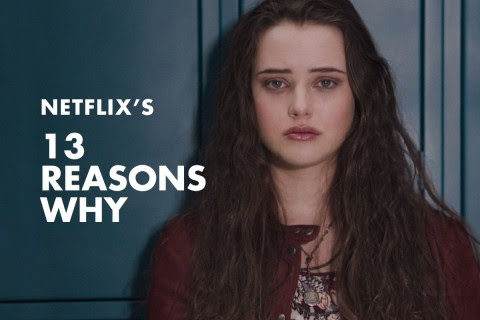
http://cdn2.teen.com/wp-content/uploads/2017/04/13-reasons-why-fan-theories-main.jpg
April 30, 2017
Anybody who watched the Netflix series 13 Reasons Why may be left with many questions about the plot: Did Jessica tell her dad about Bryce? Was Alex murdered or did he also commit suicide?
Other watchers, like myself, may also be left with questions about the content: Did 13 Reasons Why glorify suicide or was it an appropriate medium to open up a discussion about suicide?
The Netflix series, based on the Jay Asher novel of the same name, did make some stark changes to the presentation of the content, including the suicide scene itself. In the novel, Hannah Baker overdoses on pills, but in the Netflix series, Hannah Baker slits her wrists and then bleeds out in a bathtub-a scene that, in my opinion, is unnecessarily graphic.
Freshman Nicole License says that “I didn’t preferably enjoy it (the television show) for the simple fact that it made suicide seem as it was the only option…. I think that it encouraged a targeted age group to turn on friends and look for other ways to create bigger problems.”
Since suicide is the second leading cause of death for people aged 10-24 (CDC statistics), I also agree that the show did not show enough about Hannah’s deteriorating mental health to show readers why someone would feel desperate enough to contemplate suicide. Also, since the medium of Netflix allows viewers to “binge watch,” or watch the whole series at once, viewers cannot process the information appropriately, and instead they watch material that really needs to be discussed in parts to be fully understood.
Personally, I wish the director, Tom McCarthy-who also directed Spotlight, included more about Hannah’s personal thoughts, an aspect better targeted in the book. I also wish he did not change the suicide scene or perhaps he even chose to cut out the graphic scene altogether.
Not everyone agrees that the show was too graphic. Freshman, Samantha Espinal, thinks that having the more graphic suicide scene was purposely put in the television series to emphasize what suicide really is. She says “It (the suicide scene in the show) was meant to be hard to watch because it gives you a clear image of how much (suicidal) people are hurting…. I think that the show was made for a positive reason… of how much people’s actions affect other people.”
Psychologists and mental health professionals worry that the Netflix series glamorizes suicide in a way that turns Hannah’s death into a revenge fantasy, which is a dangerous perspective to take, considering the number of young people who commit suicide every year.
In an interview with Teen Vogue, Tommy Dorfman, who plays Ryan Shaver in the series, says he has been upset by the backlash that some people say suicide is a selfish act, an aspect of the show that he actually thinks could have been presented better. He said “I think, perhaps, something that’s problematic about our show even, and hopefully this will be addressed moving forward, is that suicide is a selfish act, which I don’t necessarily take that view and I don’t advocates for suicide prevention to take that view. So, [the show] that’s her [Hannah’s] story and her truth and at the end of the day, her choice. But, I think it continues to only further the point that it needs to be talked about more publicly and advocated for more.”
Regardless of what you think, the show is rated TV-MA, meaning that it has been deemed inappropriate for children under the age of 17. The material may be too much for younger viewers, so parents and older siblings should not let their younger family members watch it.
Below is a guide taken directly from The Record of New Jersey that may be helpful in talking about questions that 13 Reasons Why may prompt.
Guidance for families (from The Record, northjersey.com)
• Ask your child if they have heard or seen the series 13 Reasons Why. While we don’t recommend that they be encouraged to view the series, do tell them that if they watch it, you want to watch it with them. Discuss their thoughts.
• If they exhibit any of the warning signs above, don’t be afraid to ask if they have thought about suicide or if someone is hurting them. Raising the issue of suicide does not increase the risk or plant the idea. On the contrary, it creates the opportunity to offer help.
• Ask your child if they think any of their friends or classmates exhibit warning signs. Talk with them about how to seek help for their friend or classmate. Guide them on how to respond when they see or hear any of the warning signs.
• Listen to your children’s comments without judgment. Doing so requires that you fully concentrate, understand, respond, and then remember what is being said. Put your own agenda aside.
• Get help from a school or community-based mental health professional if you are concerned for your child’s safety or the safety of one of their peers.
• Suicide is never a solution. It is an irreversible choice regarding a temporary problem. There is help. If you are struggling with thoughts of suicide or know someone who is, talk to a trusted adult, call 1-800-273-TALK (8255), or text “START” to 741741.
• Source: Excerpted from “13 Reasons Why” Netflix Series: Considerations for Educators, National Association of School Psychologists
• Additional sources:
• The Society for the Prevention of Teen Suicide: http://www.sptsusa.org/
• Attitudes in Reverse: https://attitudesinreverse.org/



















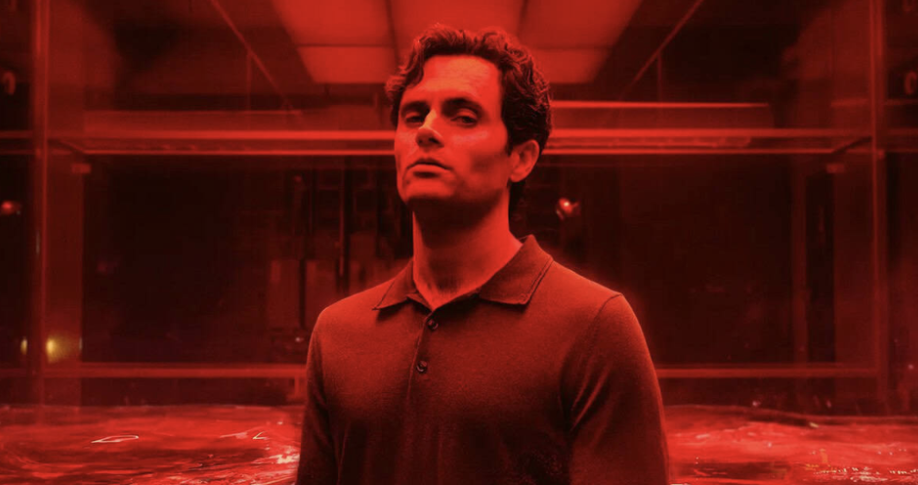


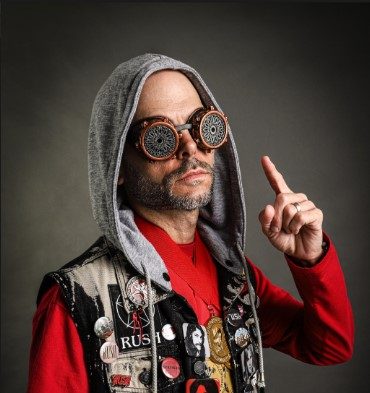





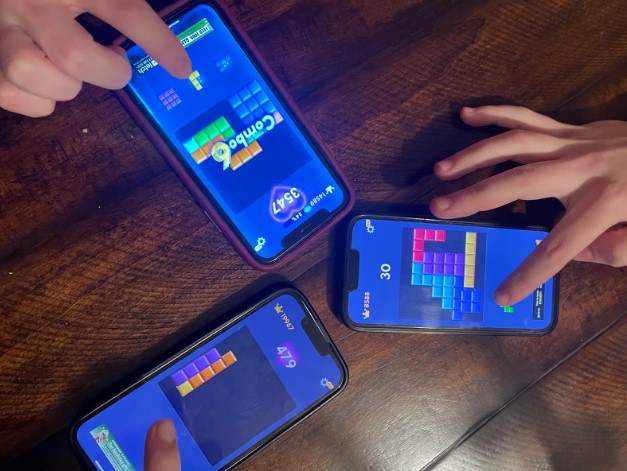
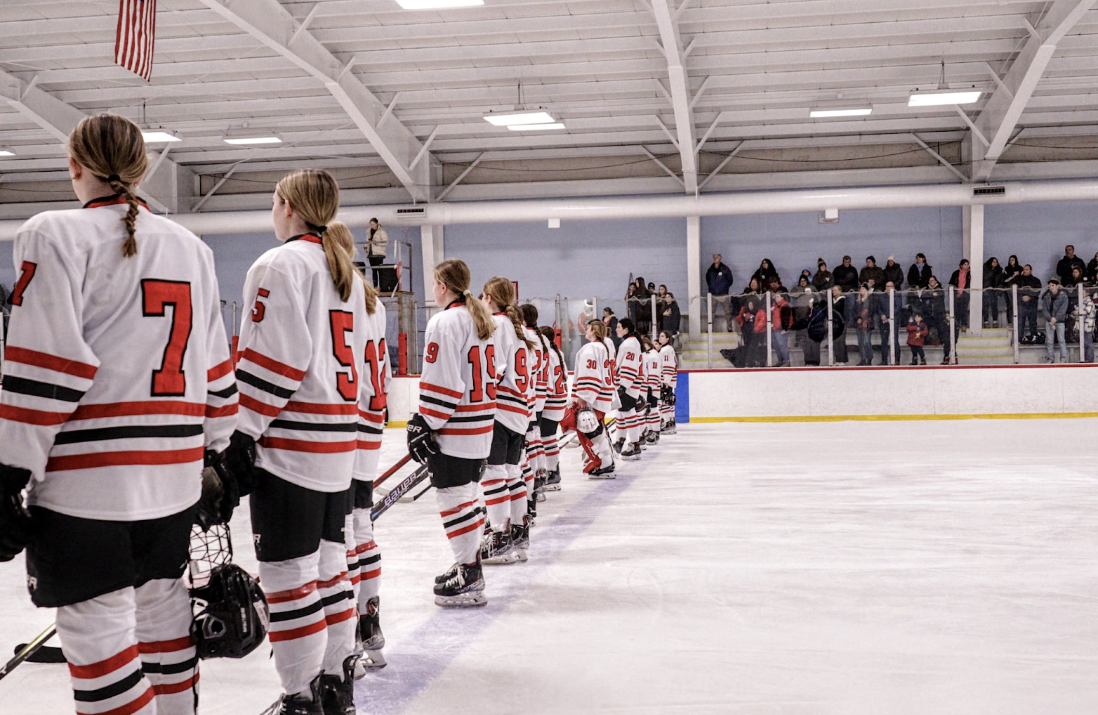



Catherine • May 6, 2017 at 9:10 am
Here is a response to “13 Reasons Why”, called “13 Reasons Why Not” illustrating how seeds of hope have helped one community and shown that suicide is not the answer.
http://www.theoaklandpress.com/general-news/20170504/oxford-high-school-students-begin-project-called-13-reasons-why-not
Mrs. Piantes • May 1, 2017 at 10:40 am
Fantastic article! I appreciate the point of views as well as the resources. Interesting point about “binge watching”.